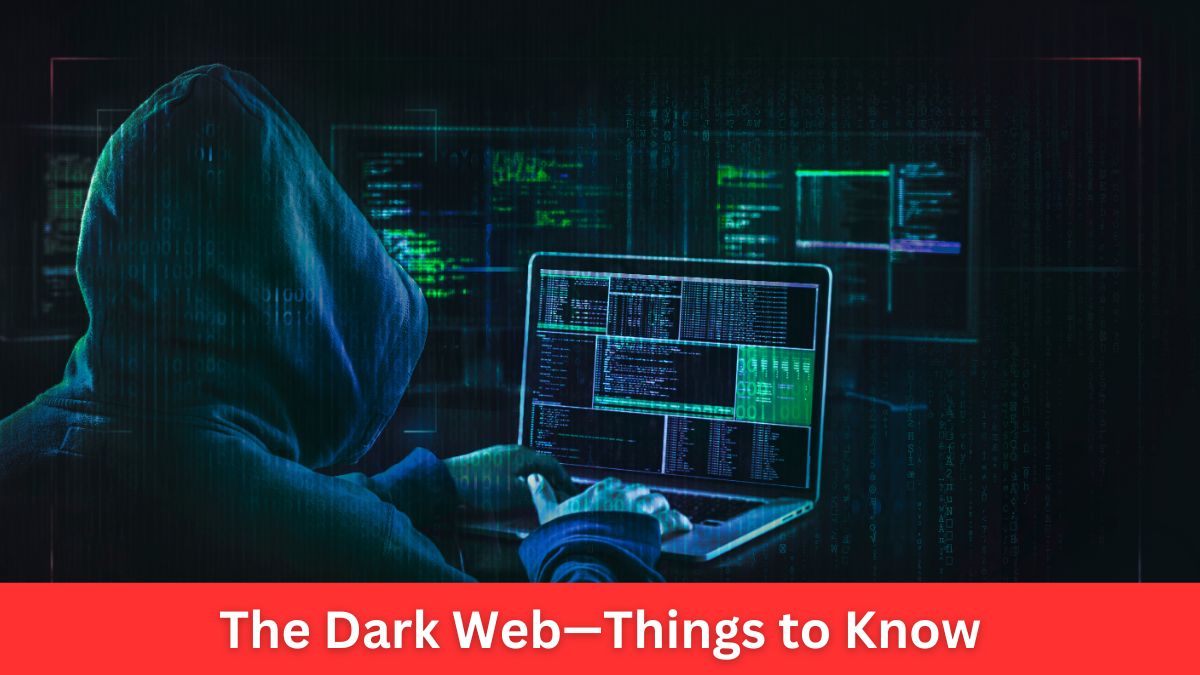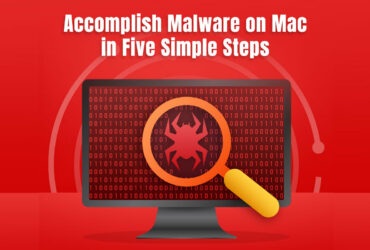You will likely hear about the dark web if you use the internet. A virtual space that you can’t access without special software, the dark web has become a popular playground for criminals to trade malicious goods and services illegally. Aptly named for its capabilities and secrecy it provides, the dark web cloaks its users in privacy and keeps their activities hidden.
While the dark web does have legitimate uses—for example, whistleblowers or journalists who need to share confidential information, it can also present risks such as ransomware attacks, malware, trojans and more.
Keep reading to learn more about the darker corner of cyberspace and equip yourself with valuable knowledge if you ever decide to visit.
How to Access the Dark Web?
Accessing the dark web requires special software like Tor Browser or I2P Browser.
Tor is an open-source browser that routes traffic through multiple servers while obscuring user IP addresses from view.
I2P is a similar system with added privacy and security layers built into its protocol. Both systems offer anonymous browsing capabilities and allow users to access hidden services on the internet without being identified by authorities or other third parties.
Ransomware on the Dark Web
Ransomware is a type of malware that encrypts files on an infected computer. The attacker will then demand payment from the victim to unlock them. Ransomware is often spread through malicious links or email attachments, making it easy for anyone to fall victim to a ransomware attack.
Unfortunately, many criminals use the dark web to increase this kind of malicious activity by offering ransomware-as-a-service (RAAS) packages. These packages allow anyone with access to the dark web to purchase pre-packaged ransomware kits so they can launch their own attacks.
RaaS provides cybercriminals with rented access to ransomware, creating a more malicious experience than one requiring complex technical knowledge. RaaS operators go as far as to offer a wide range of services, such as training, technical support, and monetized methods of distributing ransomware attacks.
RaaS continues to pose a serious threat to everyone online; therefore, staying informed and cautious is essential when navigating the Dark Web.
Why Do People Use the Dark Web?
There are several reasons why someone would want to access the dark web, both good and bad.
For some people, it provides an extra layer of security when accessing sensitive information online, like banking details or medical records.
Others use it for private communication, such as sharing encrypted documents between two parties without anyone else being able to intercept them.
For example, journalists and political dissidents have used it as a safe way to communicate without fear of censorship or surveillance by their governments.
However, it also has become a hub for criminal activities like buying and selling illicit goods or services such as drugs, stolen personal information, and weapons. Other bad actors may want to participate in illegal activities such as fraud or identity theft.
Whatever your (legitimate) reason for wanting to access the dark web, it’s important to take all necessary precautions and always stay vigilant when browsing this hidden corner of the internet.
Bottom Line: Navigate the Dark Web Like a Minefield
The dark web is a complex and hidden part of the internet that can affect anyone at anytime.
Before visiting the dark web, users must know its features and outcomes, from cybercrime to censorship circumvention. A collective understanding of the dark web is necessary so people won’t fall victim or witness illegal activities.




